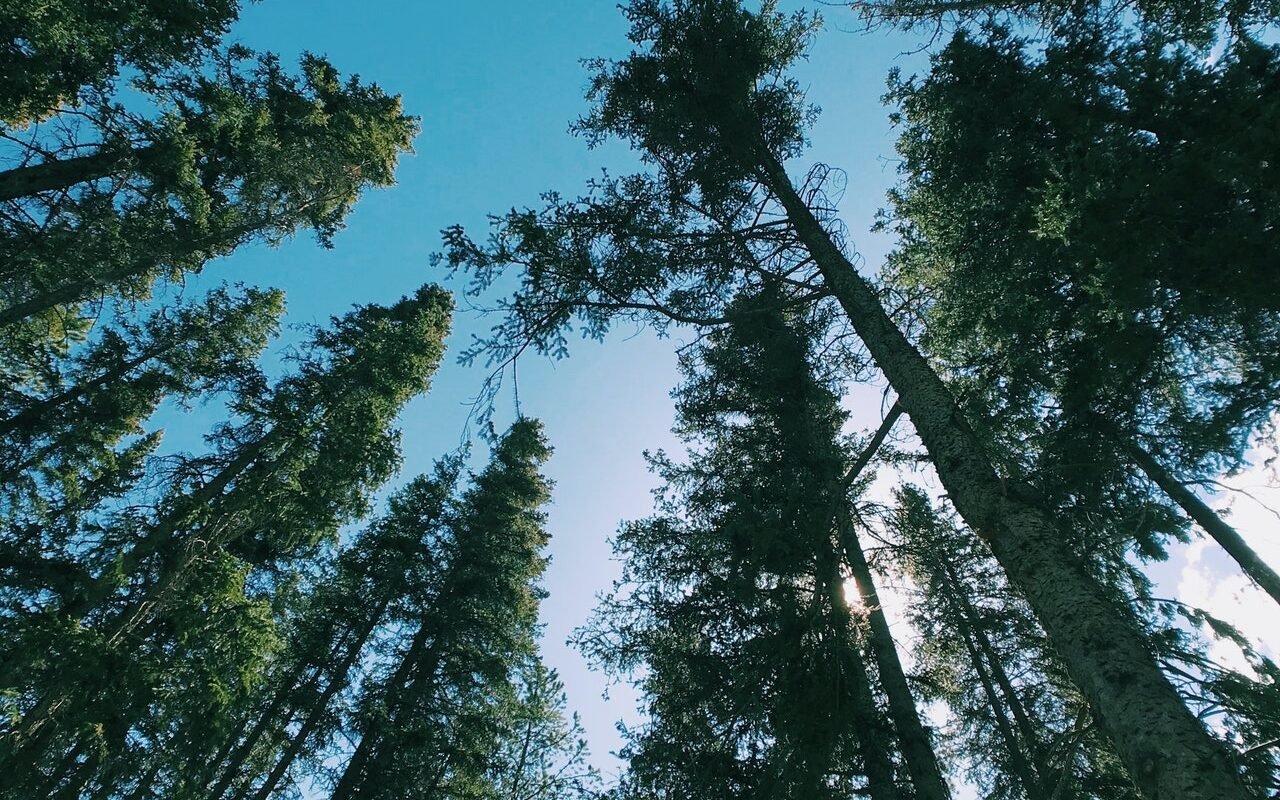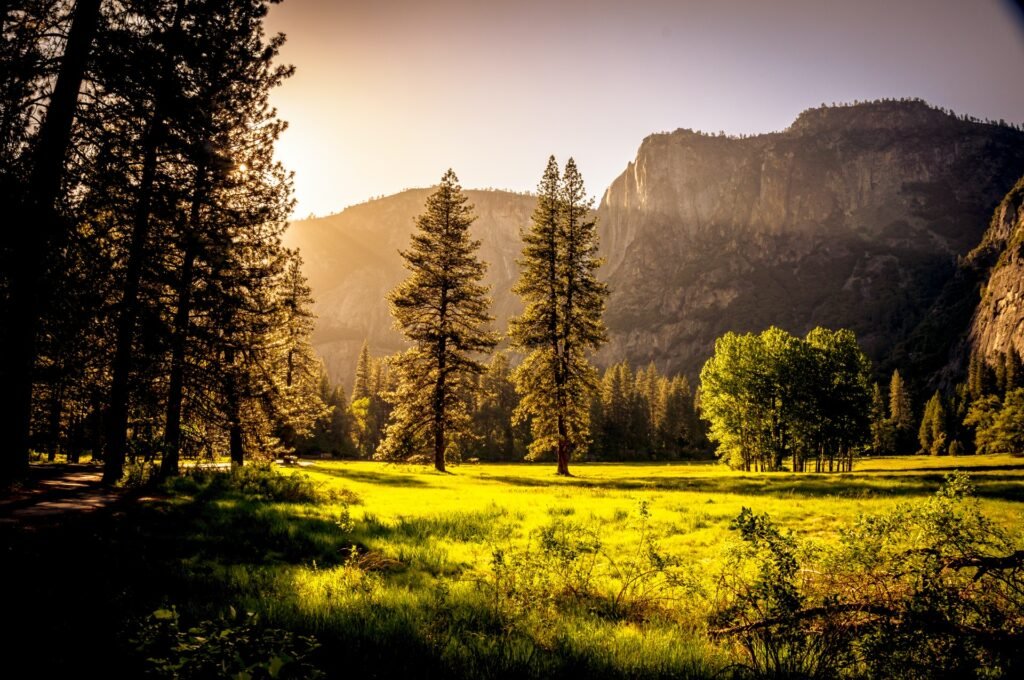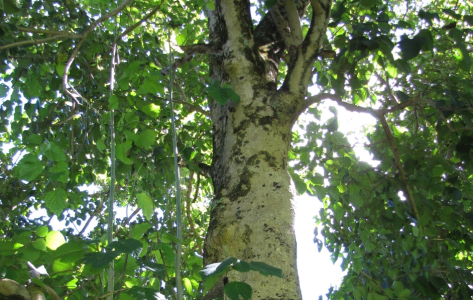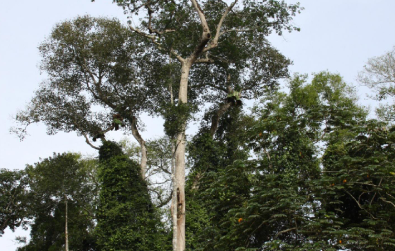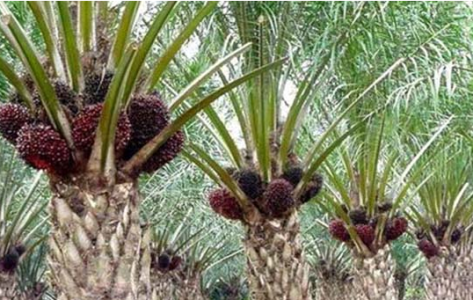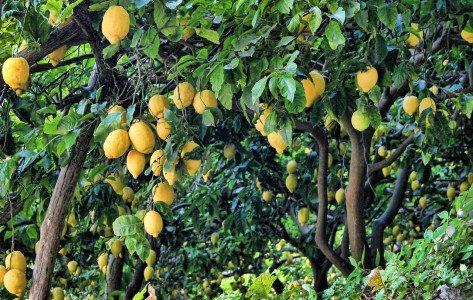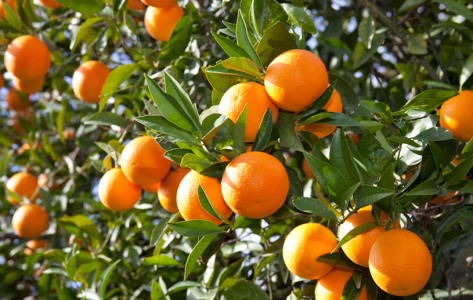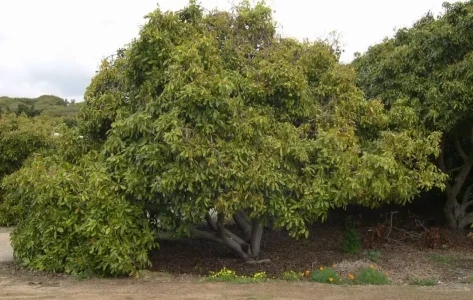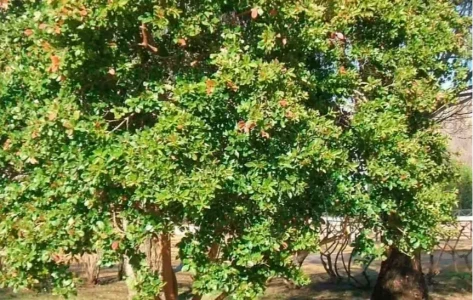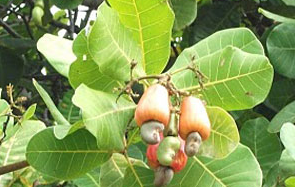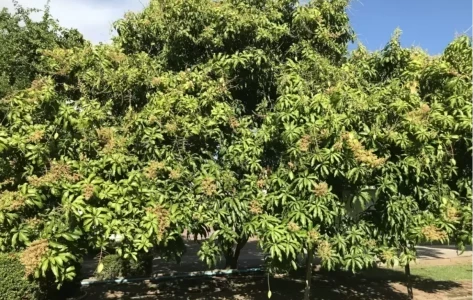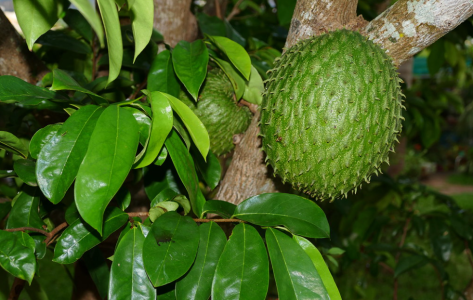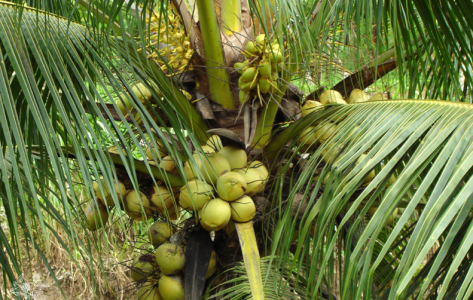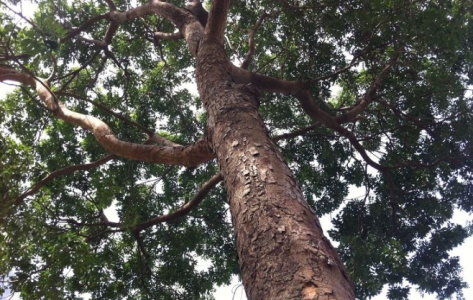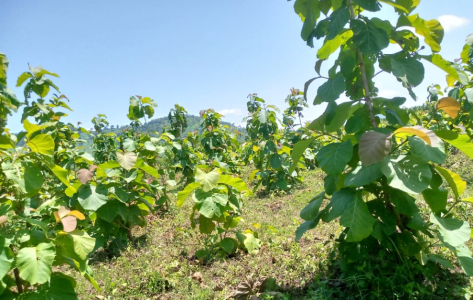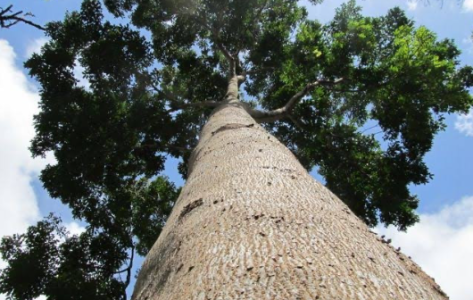Planting a tree is an investment in both the planet and your future. Trees clean the air, restore ecosystems, combat climate change, and provide shelter for wildlife. They also boost property values, support agriculture, and create economic opportunities. By planting a tree, you’re not just nurturing the environment—you’re fostering prosperity, hope, and a lasting legacy for tomorrow.
🌍 Why Choose Us?
- Expertise in sustainable tree planting with over half a million trees planted.
- Proven track record of impactful reforestation projects.
- A mission to heal the planet while empowering people.
🌳 For Investors
Invest in a greener tomorrow! Partnering with us offers not only environmental impact but also meaningful returns. Your investment supports sustainable tree planting projects that combat climate change, restore ecosystems, and create economic opportunities in local communities.
By investing in our initiatives, you’re backing a model that balances profitability with purpose, unlocking long-term value while contributing to global sustainability goals. Together, we’ll grow thriving forests, resilient communities, and a legacy of environmental and economic prosperity.
Grow your investment while growing the future—join us today!
🌱 For Businesses
Join the global movement for sustainability! By collaborating with us, you can offset your carbon footprint, enhance your corporate social responsibility initiatives, and demonstrate your commitment to a greener future. Together, we’ll plant forests that grow your brand’s impact.
🌿 For Communities
Every tree planted changes lives. From creating healthier environments to combating climate change, your support helps us nurture ecosystems and empower rural livelihoods. Our projects improve air quality, provide shade, and boost biodiversity, all while creating jobs and uplifting communities.
Join us in planting hope, one tree at a time. Together, we can build a thriving planet for generations to come. Partner with us today, and let’s grow a legacy of green together!
Let’s plant the seeds of change—contact us now!
- We plan our trees during raining season that starts from March to October. Depending on the species, we plant 1500 to 3000 trees per hectares. Because we plant the trees in raining seasons, we get above 95% survival rate.
- We source and purchase as much as possible from local businesses (food, compost, seeds and nursery materials)
- Farmers grow crops in our young tree plantations, while mature plantations support grazing for community livestock. We also partner with local farmer groups to plant trees on their own land, promoting sustainability and shared growth.
- Our tree planting projects bring welfare benefits through employment opportunities in the local communities (filling grow bags, planting the seeds, watering tree nursery, clearing weeds, digging holes, planting trees).

